Navigating the Complexity of Scope 3 Emission Calculations: Challenges for
Canadian Corporations and SMEs
Introduction
The journey toward sustainability and net-zero emission targets is a vital one, but for many SMEs, corporations and industrial facilities, the path is fraught with challenges. One of the most significant obstacles is the calculation of Scope 3 emissions. These indirect emissions, stemming from a company’s value chain, are notoriously complex to quantify and manage.
Scope 3 emissions encompass a wide range of activities, from upstream actions like purchased goods and services, leased assets, and business travel, to downstream impacts such as employee commuting, customer use of products, and waste generated in operations. Accurately measuring these emissions requires data that is often dispersed, inconsistent, and difficult to obtain. This complexity can hinder companies, particularly corporations and SMEs, from fully engaging in Canadian federal and provincial regulatory disclosure frameworks, as well as participating actively in compliance ETS markets and the voluntary carbon market.
For Canadian SMEs, the challenge is even more pronounced. Limited resources, lack of standardized measurement tools, and the need for specialized knowledge make Scope 3 emission calculations particularly daunting. This difficulty can hinder their participation in essential sustainability initiatives, including:
- Regulatory Compliance: Meeting the federal and provincial requirements such as GHGRP for corporations and industrial facilities can be overwhelming without clear and accurate Scope 3 data.
- Voluntary Disclosure: Engaging with frameworks like Science-Based Target Initiatives (SBTi) or the Task Force on Climate-related Financial Disclosures (TCFD) requires robust and reliable emissions data, which can be a hurdle for smaller enterprises.
- Offsetting Programs: Following SBTi’s pivotal and controversial announcement on recognizing offsetting practices for scope 3 emission reduction, companies must adopt more precise measures in their scope 3 GHG accounting. Effective participation in carbon offsetting programs requires a thorough understanding of emissions across the entire value chain, a challenge often beyond the reach of SMEs due to its complexity and associated costs.
Conclusion
While the road to comprehensive Scope 3 emission management is tough, it’s crucial for the broader adoption of sustainability practices. By acknowledging and addressing these challenges, we can empower Canadian SMEs, Corporations and Industrial Facilities to engage more fully in environmental stewardship, driving progress towards a greener future.
Questions or comments?
Email [email protected] to learn more
Share this article
The ZenithNet-Zero team includes experts who can guide you and your company in understanding your net-zero needs and achieving your sustainability goals
Subscribe to
Net-Zero Insights
Stay informed with the latest in sustainability Insights & News – Direct to your inbox!



